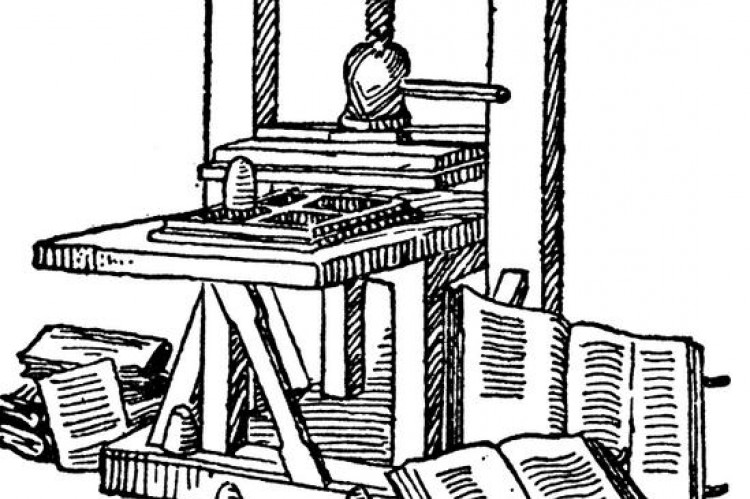Oct
06
2011
By Finn
2 min to read
 The Survey and Publication Process
The Survey and Publication Process
The Historic Graves project outlines a system and sequence which helps to co-ordinate and standardise an historic graveyard survey. This system is demonstrated during our workshops and flows from the fieldwork through to the data entry, data upload and publication stages.
The geo-located photographic survey and the subsequent online publication of the memorial photographs along with the recording of the primary names and dates from those photographs is seen as a level 1 record. This allows the grave memorials to be searchable and findable online. These level 1 surveys can be augmented by adding further detail all the way up to academic quality records and also by the addition of multimedia stories adhering to the graveyards as told by local people.
 The Database and the St Mary’s Graveyard Dataset
The Database and the St Mary’s Graveyard Dataset
Quite soon after we built the system Waterford County Council and the Heritage Council published the Care and Conservation of Historic Graveyards guidelines, written by Caimin O’Brien. We incorporated the database from this book into our system and subsequently updated the database when dealing with a trial dataset loaned to us by the Heritage Council, Conservation Officer, Ian Doyle. This dataset consisted of a high quality survey of St Marys, Kilkenny, carried out by Cóilín Ó Drisceoil and a team from Kilkenny Archaeology.
The graveyard survey incorporating geo-located photographs and full inscriptions and memorial details have been added to the historic graves database and can be viewed online.
The graveyard survey commissioned by the Heritage council was originaly published in traditional format. Now uploaded to the historic graves site it is also freely available online. In its online form it has also become a dynamic resource which can be easily explored and the detail interrogated.
The family names and dates are all searchable and findable. This multiplatform publication model allows the value of the resource to be explored in traditional and digital formats but also allows the information to flow beyond the locale of the paper publication and across the world wide web.
The online database and the entry forms are then robust enough to easily handle all levels of survey. The system can handle previously recorded and published graveyards such as St Mary’s in Kilkenny.
 The Ballymoney Model
The Ballymoney Model
The Ballineen Enniskeane Area Heritage Group (BEAHG) in Ballymoney have published two books on their fascinating historic graveyard. The first book contained all of the memorial inscriptions along with a plan of the graveyard. This is the single greatest conservation technique available to a local committee. The recently published second book ‘The Story of Old Ballymoney: A History from Headstones’ contains an historical account of the graveyard along with stories adhering to the place and to the people commemorated within. The historic graves project added a geo-located photographic survey of the memorial stones and attached them to the previously recorded memorial inscriptions allowing them to be searchable and findable online.
We also recorded some of the committee retelling the stories from the graveyard. These stories told by people embedded in their locality are highly evocative of place and also provide and distribute valuable information.
These stories are published online with the graveyard memorials and add another layer of engagement for the online visitor. The books and the online records are a great example of multiplatform publication where traditional and digital methods combine and complement in order to publicise the local heritage resource which is Ballymoney graveyard. The project was funded by the West Cork Development Partnership and supported by Catryn Power,Cork County Council Archaeologist.
Conclusion
The historic Graves project hopes to encourage the use of its online publication tools by local committees no matter what stage in the graveyard survey process they are. By curating and pubishing the survey records centrally the individual graveyard surveys combine to form a national resource where the value of each survey is compounded by its association with others. This is a two way process where value is not only directed centrally to be redistributed outwards but also rebounds inwards towards local communities.
Blog category:



